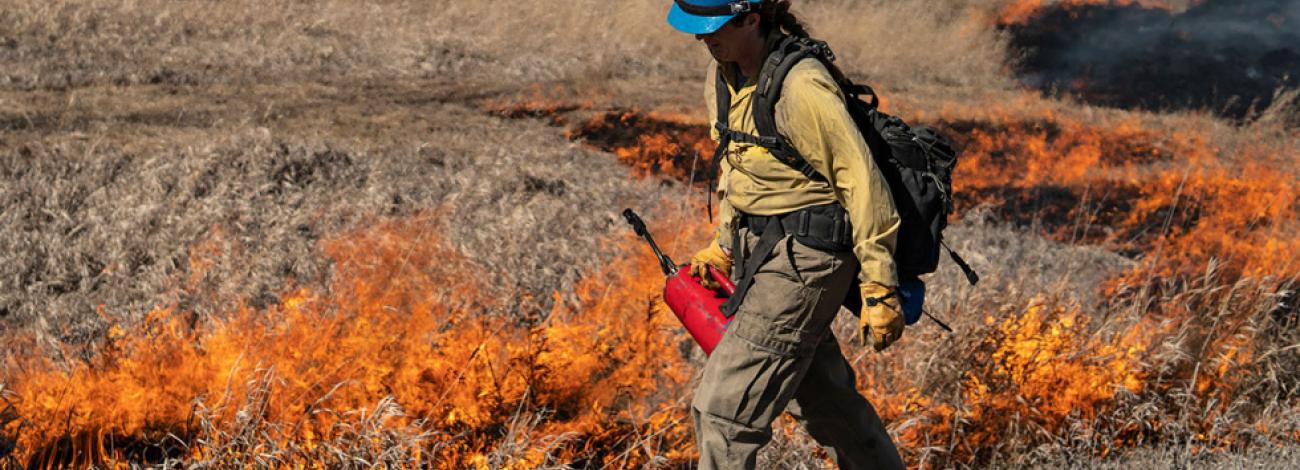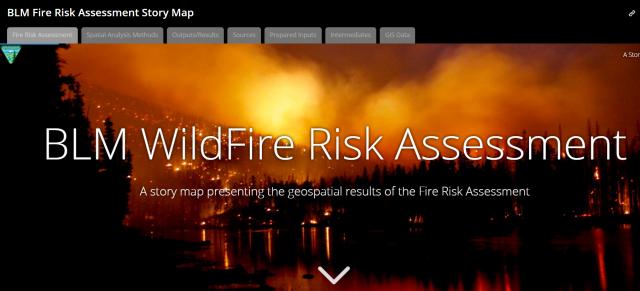
Fuels Management
The three elements that must be present for a wildfire to occur are ignition, oxygen, and available fuels. Of these three, land managers have the best ability to influence how wildfires behave on the landscape through the management of fuels.
The BLM Fire fuels management program uses many vegetation management techniques, including mechanical, biological, and chemical tools, as well as prescribed fire. Fuels managers create fuel breaks to provide safe access for firefighters, reduce fuel loads by removing pinon-juniper and invasive species, reduce fire risk near communities, promote grazing, and utilize herbicide plus seeding to break the fire-cheatgrass cycle.
Fuels management is a team sport. Fuels treatments are planned and implemented in collaboration with other BLM programs, and with federal, state, local, and non-governmental collaborators. The BLM also accomplishes fuels management work via partners and contractors, providing an economic boost to local communities. Fuels management projects consider the full scope of work – planning, implementation, and monitoring – needed to achieve a coordinated landscape approach to reducing wildfire risk and restoring wildfire resiliency.
Learn more about how BLM Fire prepares for and implements prescribed burns, and how that supports both ecological health and future suppression efforts, in this video about the 2023 Animas City Mountain Type 1 Prescribed Burn, which directly reduced the threat of wildfire to the community of Durango, CO.
Fuels management projects involve a lot of planning and labor, and it is necessary to prioritize the areas at greatest risk. For that reason, a wildfire risk assessment was developed for use in a five-year fuels program allocation plan. This tool assesses wildfire risk at the national level and identifies areas where wildfire poses threats to values and resources across all BLM-managed public lands. This Esri story map provides a summary of the methodology, data layer inputs, and data processing techniques used in the BLM Wildfire Risk Assessment.

